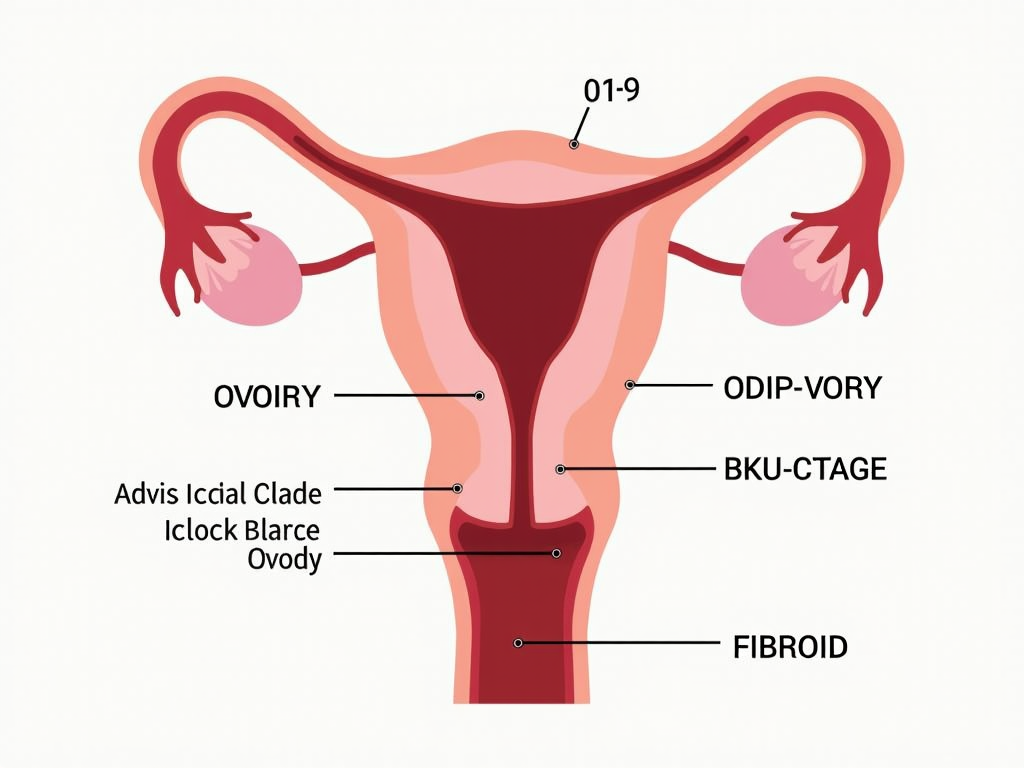Understanding Female Infertility: Causes and Treatment Options
May 1, 2025, 7:30 a.m.
Overview
Infertility affects millions of women worldwide, often bringing physical and emotional challenges. This article explores Understanding Female Infertility: Causes and Treatment Options, diving into why it happens, how it’s treated, and how to manage the emotional side. Whether you’re seeking answers or support, you’ll find clear, actionable insights here.
Introduction: A Personal Perspective
Imagine trying to start a family, only to face month after month of disappointment. That’s the reality for many women dealing with infertility. According to the World Health Organization, about 10% of women globally struggle to conceive. Infertility means not getting pregnant after a year of trying—or six months if you’re over 35. It’s more common than many realize, and it’s not just a physical issue—it hits emotionally too. Let’s break down Female Infertility Causes and Solutions to help you understand what’s going on and what you can do.

What Causes Female Infertility?
Infertility can happen for many reasons, often tied to how the reproductive system works—or doesn’t. The main culprits are problems with ovulation, the fallopian tubes, the uterus, or simply age. Sometimes it’s a mix of these. Knowing the cause is the first step to finding a solution. Here’s a closer look at each.
Ovulation Problems
If your body isn’t releasing eggs regularly, conception gets tricky. Ovulation disorders are behind about one in four infertility cases. Polycystic ovary syndrome (PCOS) is a big player here—think irregular periods, weight gain, or extra hair growth from hormone imbalances. Other causes include too much exercise or stress shutting down ovulation, or early ovarian failure, where eggs run out before age 40. Doctors check this with blood tests for hormones or an ultrasound to see your ovaries. Treatments like pills to kickstart ovulation can often help.
Tubal Infertility: Blocked Pathways
Your fallopian tubes are like highways for eggs and sperm to meet. If they’re blocked or scarred, that meeting never happens. This is called tubal infertility, often caused by infections, endometriosis, or past surgeries. How to diagnose tubal infertility? A test called a hysterosalpingogram (HSG) uses dye and X-rays to spot blockages. Fixing it might mean surgery to clear the tubes, but if that’s not an option, IVF can bypass them entirely.
Uterine Issues
The uterus needs to be a cozy home for a growing baby. Problems like fibroids—non-cancerous growths—or polyps can mess that up, blocking implantation. Some women are born with a uterus shaped differently, which can also cause trouble. Doctors use ultrasound or a scope to check inside. Surgery can often remove these obstacles, giving pregnancy a better shot.
Age and Fertility
Age hits fertility hard. After 35, your egg count and quality drop fast—by 40, your monthly chance of conceiving is under 5%. It’s not fair, but it’s biology. IVF can boost your odds, sometimes using donor eggs if needed. If you’re planning a family later, it’s worth talking to a doctor early.

Other Factors
Sometimes infertility comes from less obvious places. Endometriosis—where uterine tissue grows outside the uterus—can scar things up. Thyroid problems throw hormones off balance. Even autoimmune conditions might play a role. These need specific tests and treatments, often tailored to you.
Treatment Options: Finding Hope
Once you know the cause, there’s usually something you can try. Understanding Female Infertility: Causes and Treatment Options means knowing your choices—medications, surgery, high-tech help, or lifestyle tweaks. Here’s what’s out there.
Medications to Boost Fertility
Pills like clomiphene or letrozole can trick your body into ovulating. For PCOS, metformin might get your cycles on track. If that’s not enough, hormone shots can push your ovaries to release eggs. These work for many women, but watch for side effects like twins or mood swings.
Surgery to Fix Problems
Surgery can tackle physical barriers. A laparoscopy—using tiny cuts and a camera—can remove fibroids or clear blocked tubes. It’s less invasive than you’d think, and recovery’s pretty quick. For some, it’s the key to getting pregnant naturally.
High-Tech Help: IVF and More
Assisted reproductive technologies (ART) are game-changers. In vitro fertilization (IVF) takes eggs out, mixes them with sperm in a lab, and puts embryos back in your uterus. It’s great for tubal infertility or age issues. Curious about success rates? The American Society for Reproductive Medicine has the latest data. It’s not cheap or easy, but it’s helped millions.

Lifestyle Changes That Matter
You’ve got some control too. Keeping a healthy weight helps your hormones stay balanced. Quit smoking—it hurts eggs and raises miscarriage risks. Cut back on alcohol, and try stress-busters like yoga. Small steps can make a big difference.
Coping with the Emotional Side of Infertility
Infertility isn’t just about your body—it’s a rollercoaster of feelings. Coping with the Emotional Side of Infertility is as important as any treatment. You might feel sad, angry, or alone. That’s normal, and there are ways to handle it.
Talk It Out
Don’t bottle it up. Share with friends, family, or a support group. Hearing “I get it” from someone who’s been there can lift a huge weight. Check out RESOLVE: The National Infertility Association for groups near you or online.
Take Care of Yourself
Do things that make you happy—walk, read, paint. It’s not selfish; it’s survival. Eating well and sleeping enough keep you strong for this fight.

Lean on Your Partner
This can strain your relationship, but talking openly helps. Say what you need—space, a hug, whatever. Couples counseling can keep you on the same team.
Get Professional Support
If it’s too much, a therapist who knows infertility can guide you. They’ve got tools to ease the stress and sadness. You don’t have to go it alone.
Summary: You’ve Got This
Infertility’s tough, but understanding its causes—like ovulation issues or tubal infertility—and treatments—like IVF or lifestyle changes—gives you power. Emotionally, it’s a lot, but support and self-care can carry you through. Talk to a doctor, lean on your people, and keep hope alive.